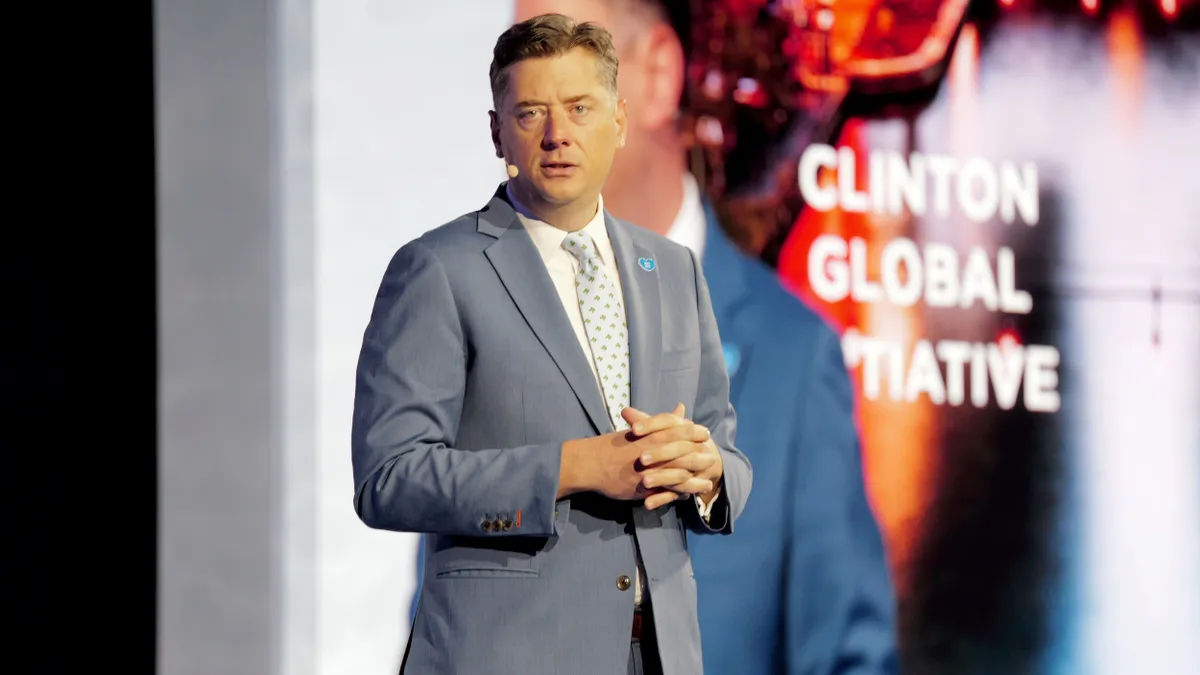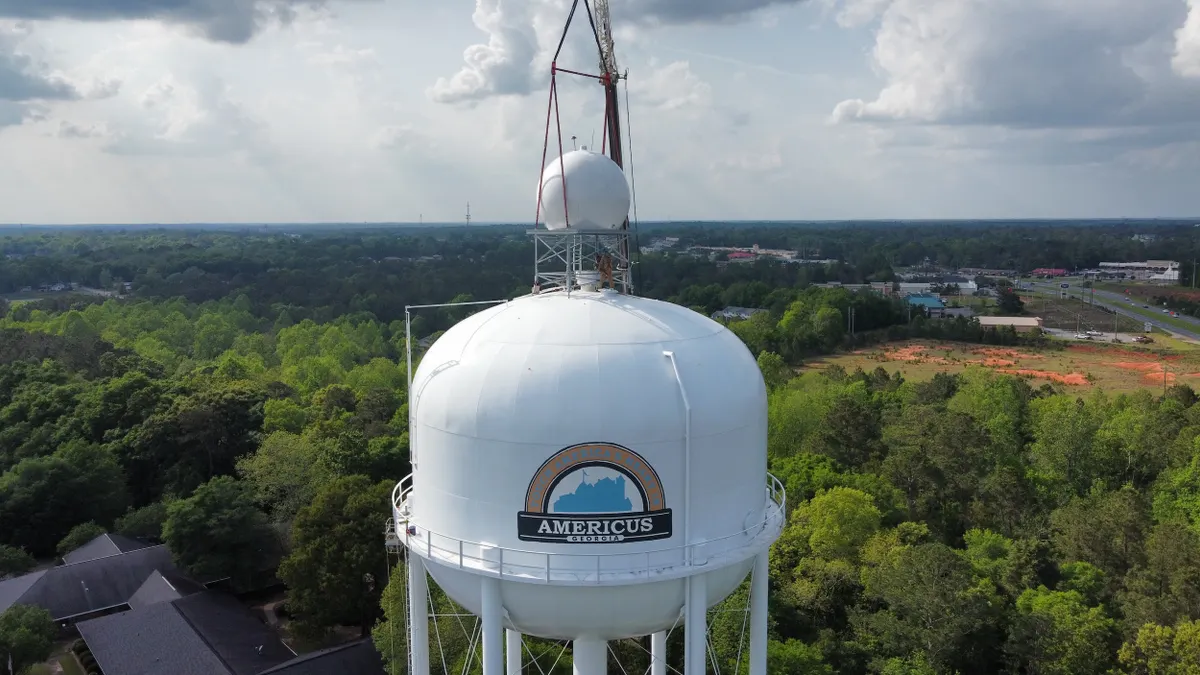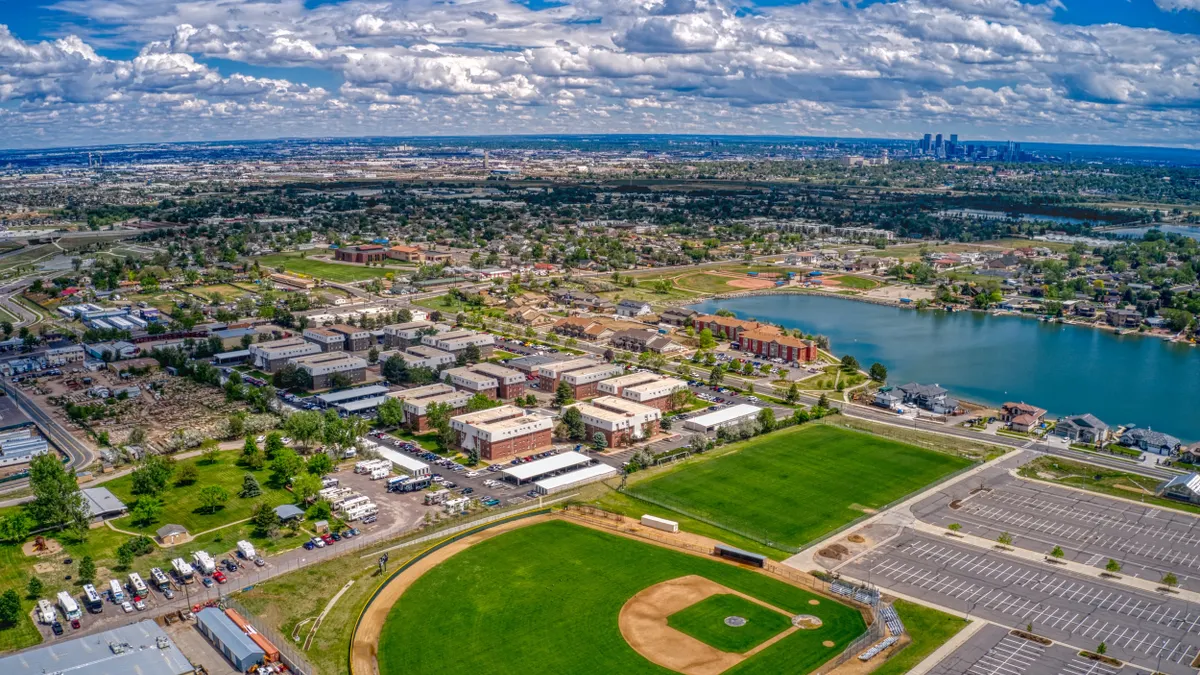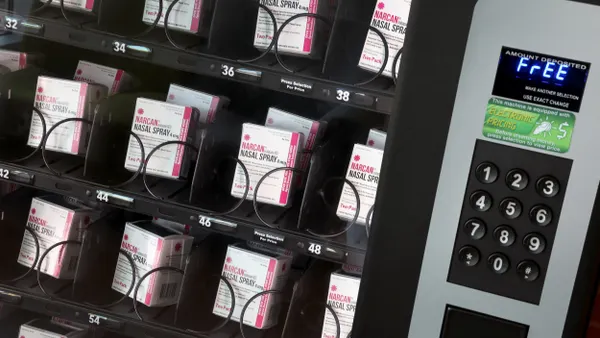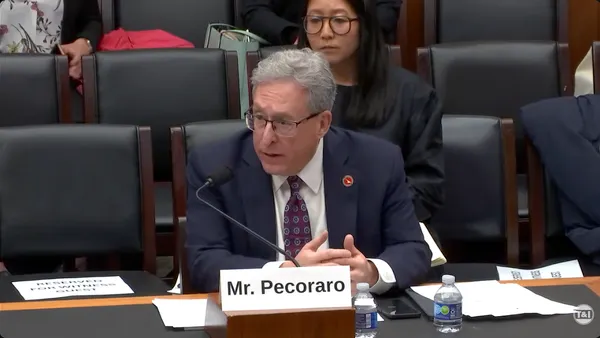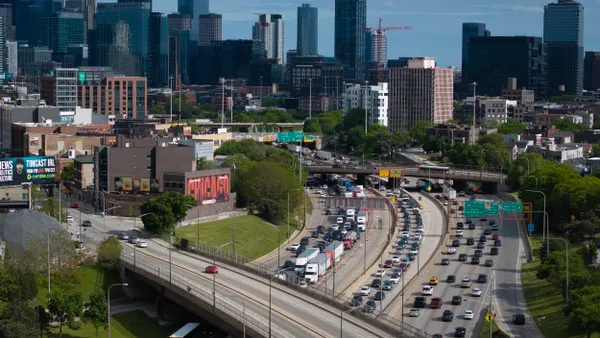Oklahoma City’s claim to fame may be its stockyards and oil fields, but today it is also a growing city of over 700,000 residents and home to hundreds of high-tech aerospace and aviation firms. Fueling the city's evolution is a one-cent sales tax established in 1993 that is dedicated to public facilities projects.
David Holt was elected mayor of Oklahoma City in 2018 and in 2019 led the planning process for the fourth voter-approved renewal of the sales tax, which will provide a projected $1.1 billion over eight years to fund parks, senior and youth centers, public transit, sidewalks and bike lanes, among other projects.
Smart Cities Dive spoke with Mayor Holt in November 2024 to learn more about how the Metropolitan Area Projects sales tax program works and how it benefits Oklahoma City’s residents.
This interview has been edited for clarity and brevity.
SMART CITIES DIVE: How important is the Metropolitan Area Projects program for Oklahoma City?
MAYOR DAVID HOLT: [The program] is really the engine of our renaissance here in Oklahoma City for the last 30 years. It's been very transformational for our city. When I took office in the spring of 2018, I knew that in the spring of 2020 that the previous tax would expire. The countdown was on for me to develop a new proposal and present it to the people of Oklahoma City.
What direction did you want to take with it?
We saw sort of a different mood in the electorate. They were really interested in different kinds of issues that hit on different socioeconomic levels. For example, we have a mental health crisis center. We have a family justice center that serves survivors of domestic violence. We have a diversion hub, which is a one-stop shop for people that are currently engaged with the criminal justice system. When you actually total up the dollars of [the current program], about 70% are focused on what we call human needs.
What kind of transportation projects are included in the current plan?
Oklahoma City is very spread out, and as a result, we're totally built around the automobile. Our residents do not walk, and lots of health challenges come along with that. You can't really ask your residents to try walking if you haven't even given them the physical infrastructure to make that possible.
[The previous program] included some opportunities for a little more pedestrian and bicycle infrastructure. So we have a trail system that's 100 miles long now, and we've got more bike lanes than ever before. [The current program] includes two bus rapid transit lines.
Beyond the sales tax, does Oklahoma City also leverage borrowing or federal grants for this program?
We would not include a project that would be dependent on success in that area. We would always have enough money to do it ourselves if we have to. One of the other trademarks of [the program] is that we pay as we go. We don't have debt hanging over our head. Our money goes further, but we have to wait longer [to complete each project]. That's the trade-off.
How did you engage with the community on which projects to include in the program?
We were publicly soliciting ideas. We had a website through which people could submit their ideas, and we ran a public awareness campaign just around that. We were also polling, just to get a sense in a scientific way of what people were supportive of.
We narrowed it down to basically 16 projects, and then we had a public hearing of the [city] council with presentations on those projects. I think everybody felt like this was by far the most inclusive development process that they had ever seen for something like this. It's a wonderful thing when you've built a model where your community is willing to invest in itself and trust you to do it.
They know the vision for the future. They know all the major projects that we're currently pursuing. There's just a very high level of civic engagement and support here. We have been richly rewarded whenever we invest in ourselves.



